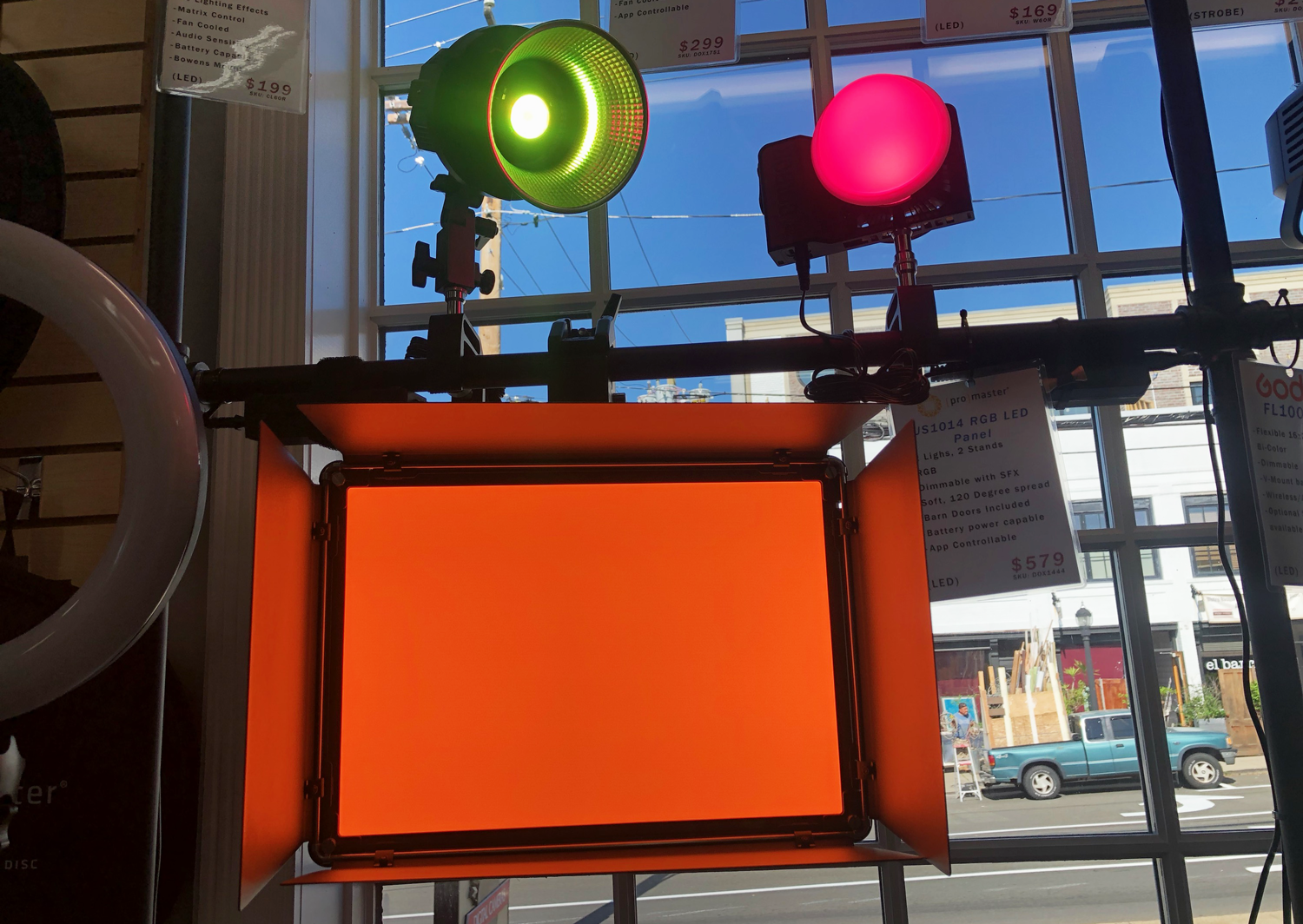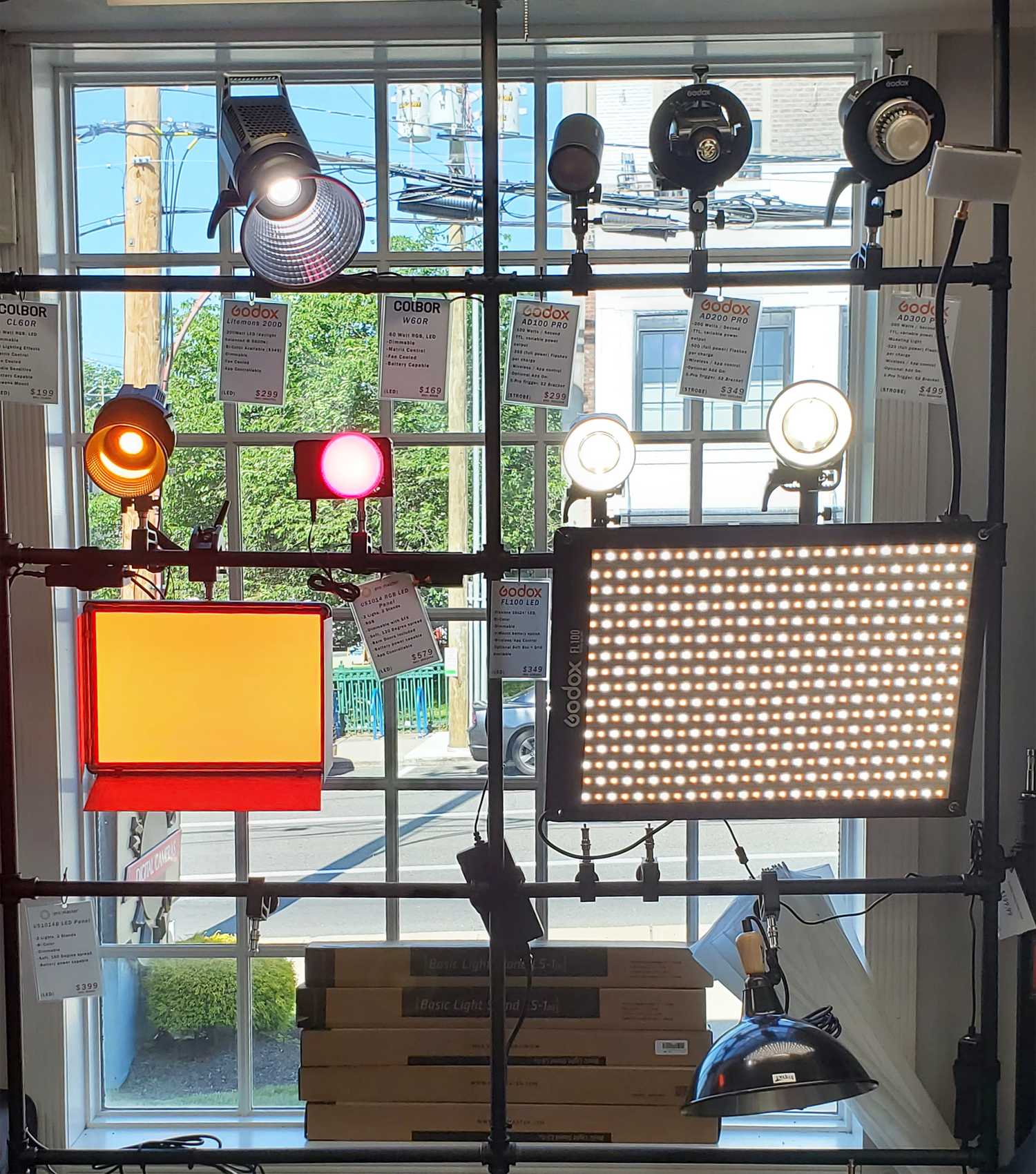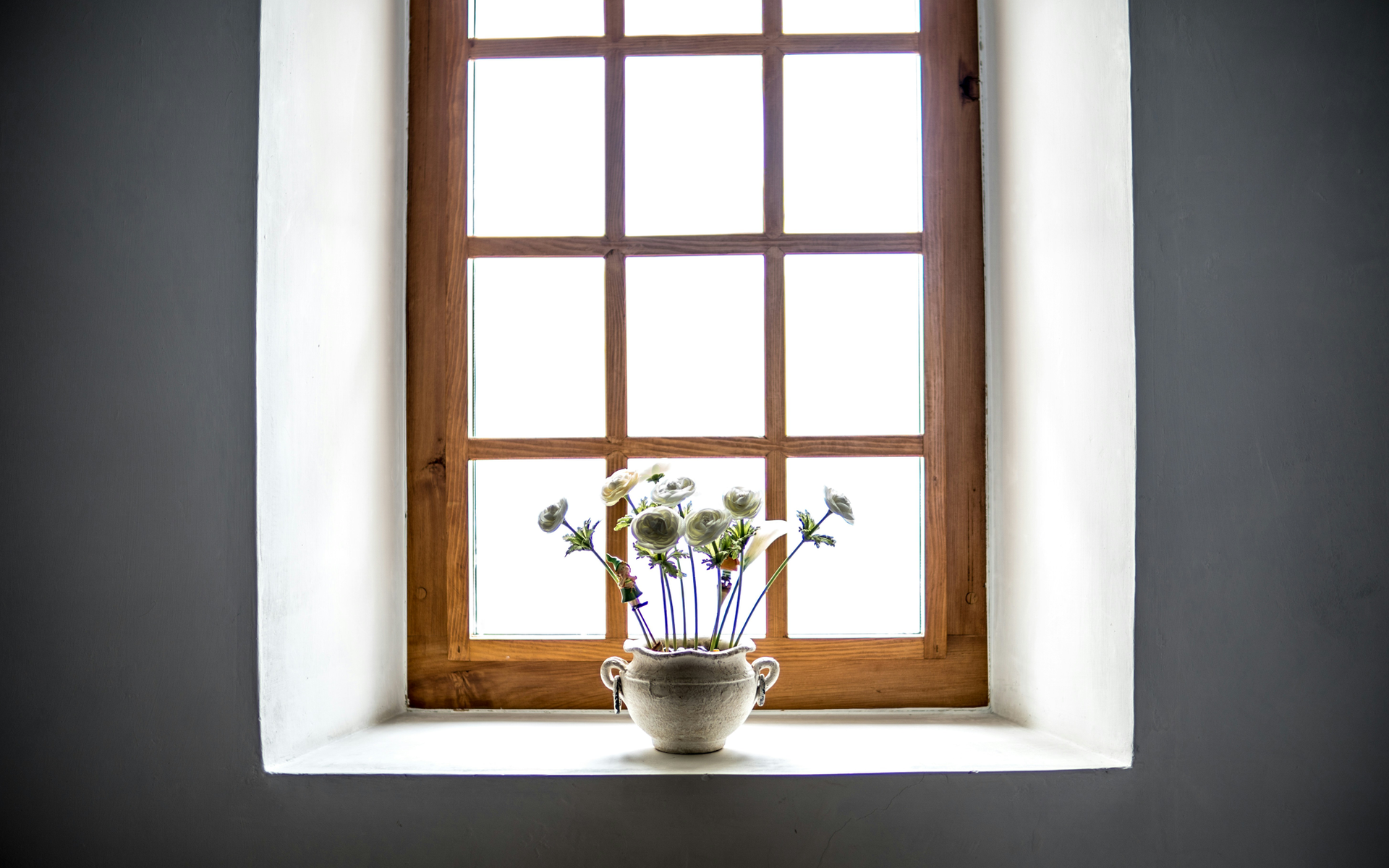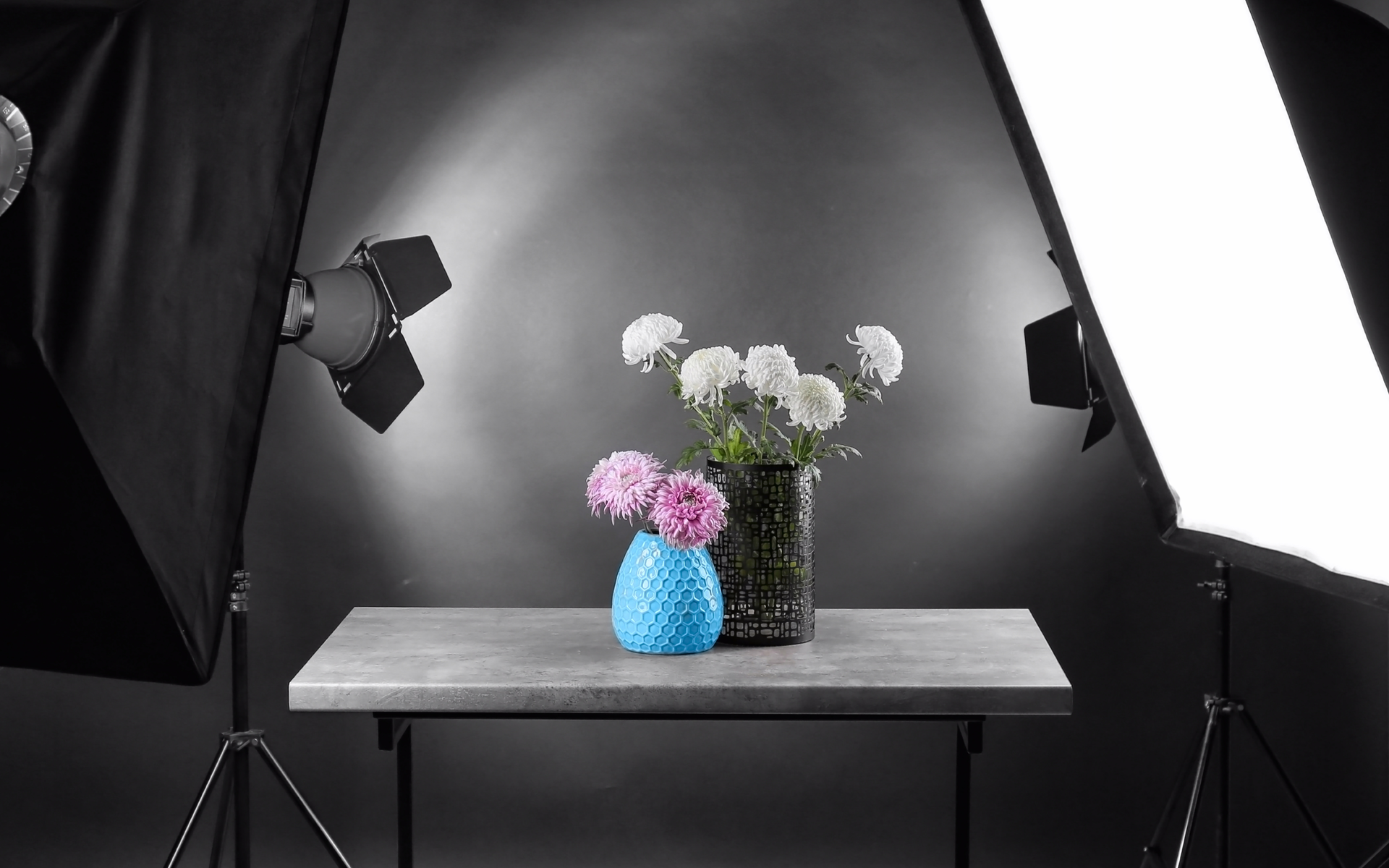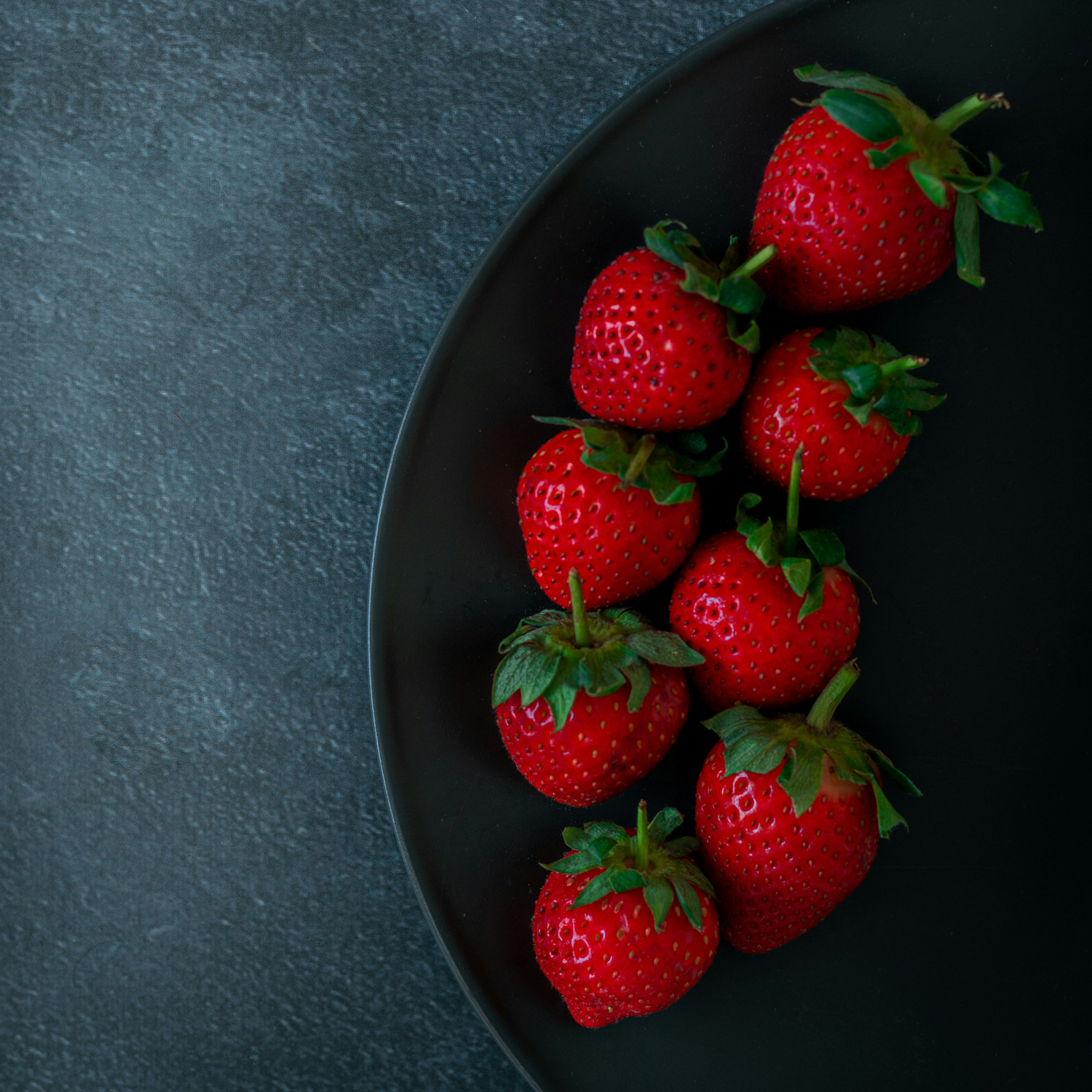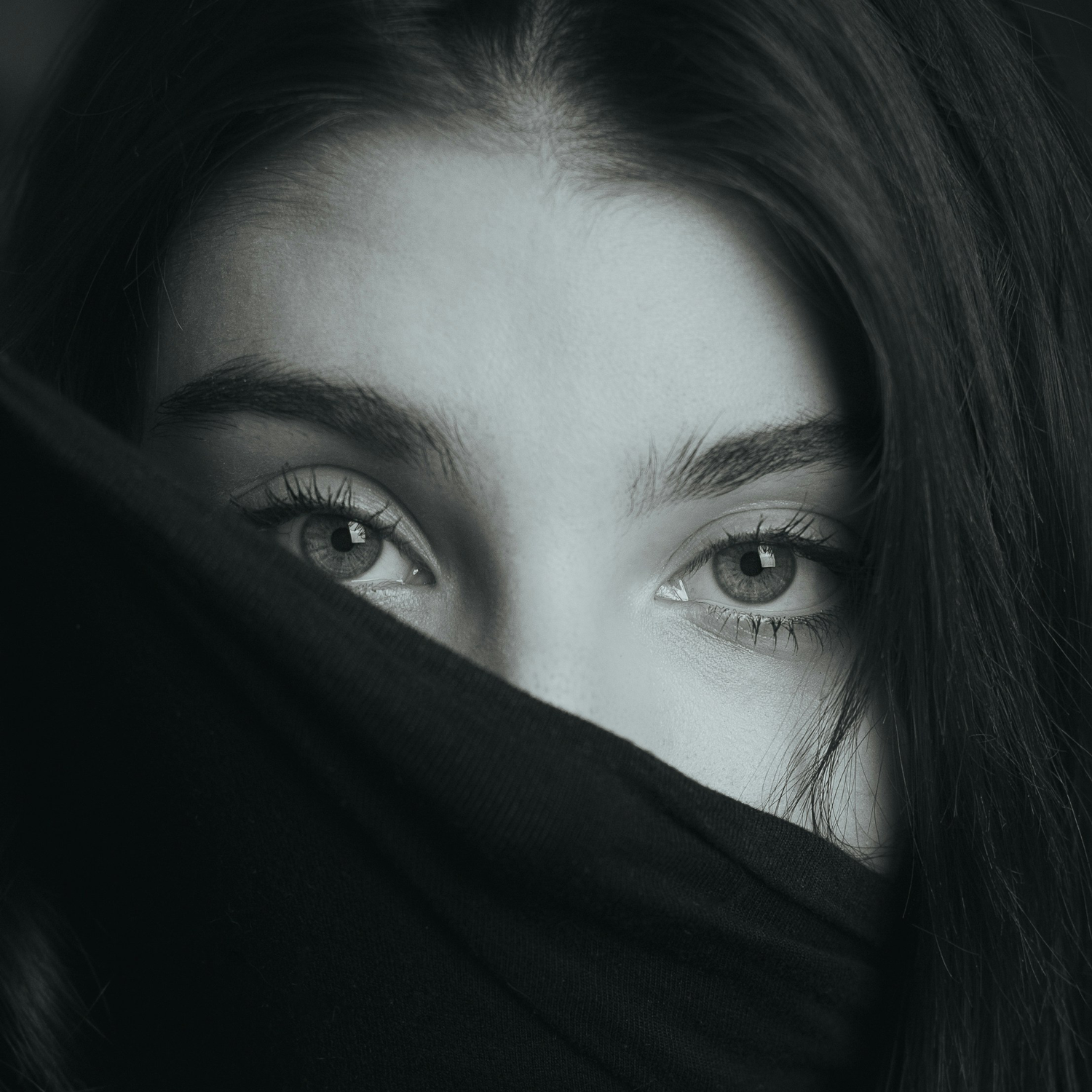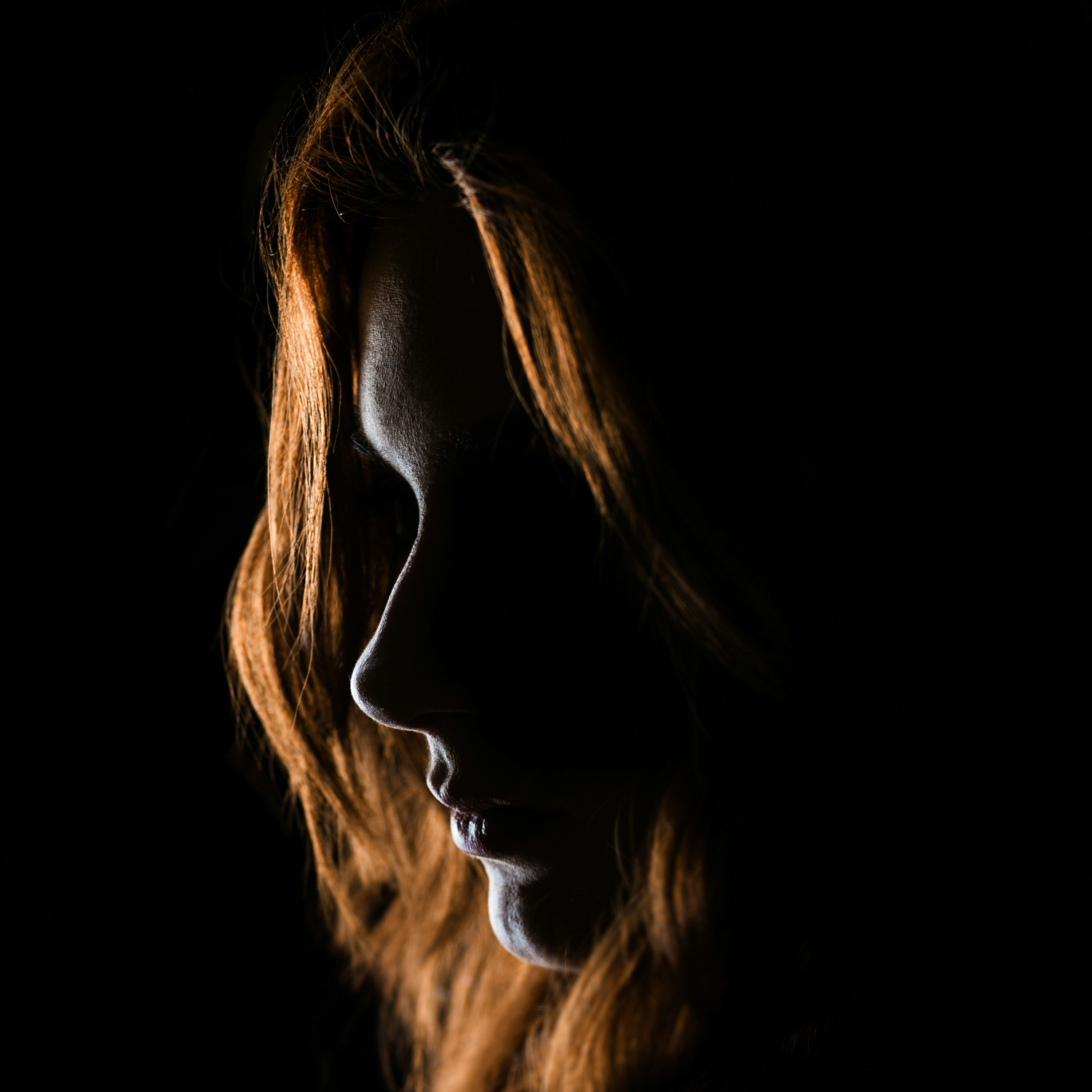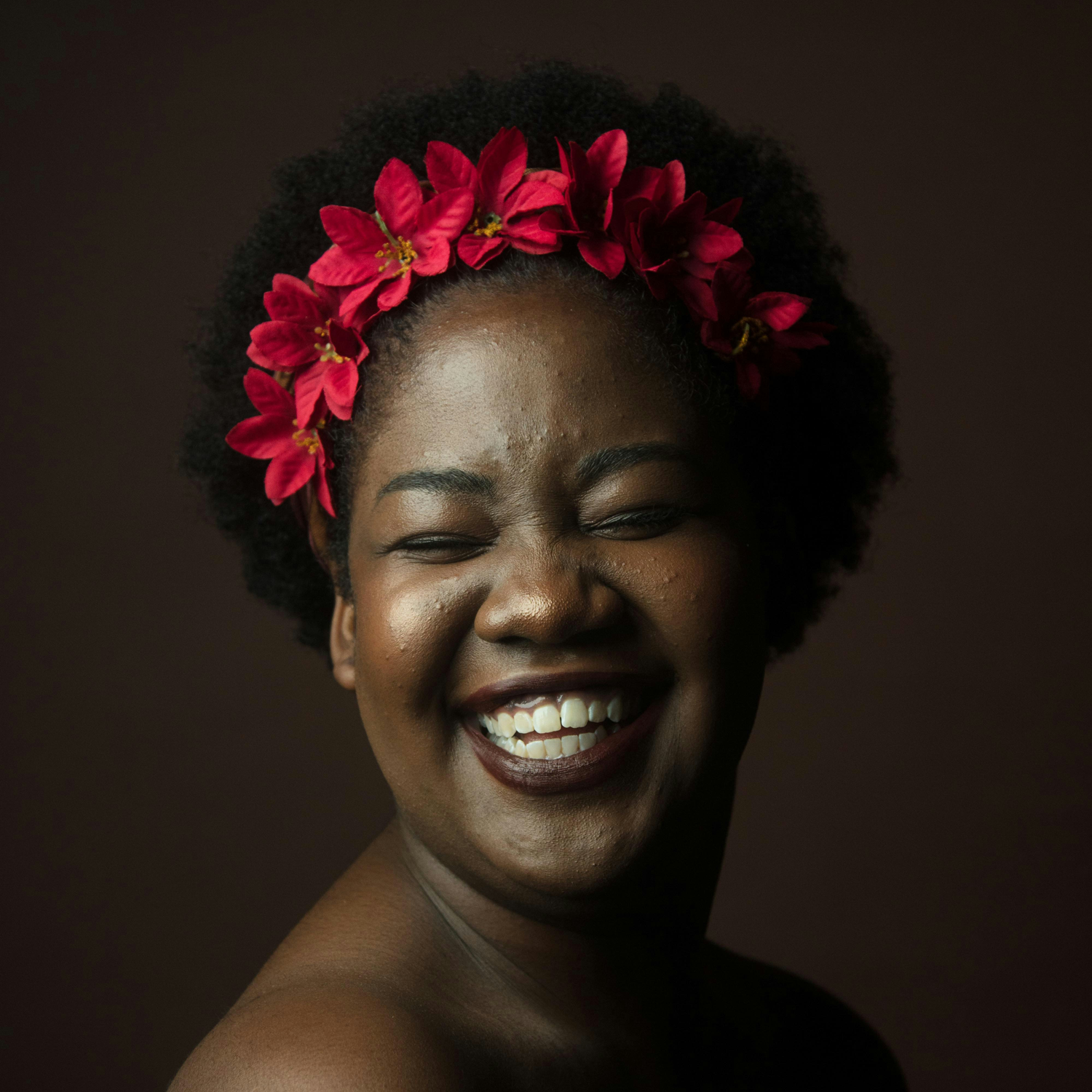Lighting
Mastering the Light: A Look at Different Lighting Techniques in Photography
Light is the essence of photography. It sculpts form, reveals texture, and evokes mood. But not all light is created equal. Understanding how to use different types of lighting is fundamental to taking captivating photographs.
The Two Broad Categories: Natural vs. Artificial
Photographers primarily work with two types of light:
- Natural Light: This refers to any light source that exists without human intervention. Sunlight, moonlight, and even the soft glow of fireflies can all be considered natural light.
- Artificial Light: This encompasses any light source created or controlled by humans. Studio strobes, speedlights, continuous lights, and even the humble desk lamp all fall under this category.
Natural Light: A Free, Fickle Friend
Natural light is beloved for its beauty and versatility. Here are some of its variations to consider:
- Direct Sunlight: Creates harsh shadows and high contrast. Great for dramatic effects but can be unflattering for portraits.
- Diffused Sunlight: Filtered through clouds or foliage, it produces softer shadows and a more even light distribution. Ideal for portraits and landscapes.
- Golden Hour Light: The warm glow of the sun shortly after sunrise or before sunset. Creates a magical atmosphere, perfect for outdoor portraits and landscapes.
Artificial Light: Taking Control
Artificial light offers more control and flexibility:
- Hard Light: Similar to direct sunlight, creates well-defined shadows and high contrast. Can be used for dramatic effects or to highlight textures.
- Soft Light: Diffused through softboxes or umbrellas, it creates softer shadows and a more flattering look. Well-suited for portraits and product photography.
- Continuous Light: Provides a constant light source, allowing you to see how the light falls on your subject before taking the picture. Great for video and still life photography.
Beyond the Basics: Light Positioning Techniques
How you position your light source in relation to your subject has a significant impact on the final image. Here are some common lighting setups:
- Front Light: Flattens the subject, reducing shadows. Can be useful for product photography but often creates uninteresting portraits.
- Backlight: Creates a dramatic silhouette effect. Useful for highlighting the outline of your subject.
- Side Light: Creates shadows that add depth and dimension to your image. A versatile technique for portraits and product photography.
Experimenting is Key
The best way to master lighting is to experiment! Try different lighting setups, natural and artificial, to see how they affect your photos. With practice, you'll develop an eye for using light to create stunning and evocative images.
Want to Learn More About Lighting? Milford Photo's Got You Covered
Milford Photo's new Lighting Wall exhibits lighting setups, colors, and combinations. Shop lighting and studio equipment at MilfordPhoto.com.
Or stop by to experience our new Lighting Wall in person!
Milford Photo
